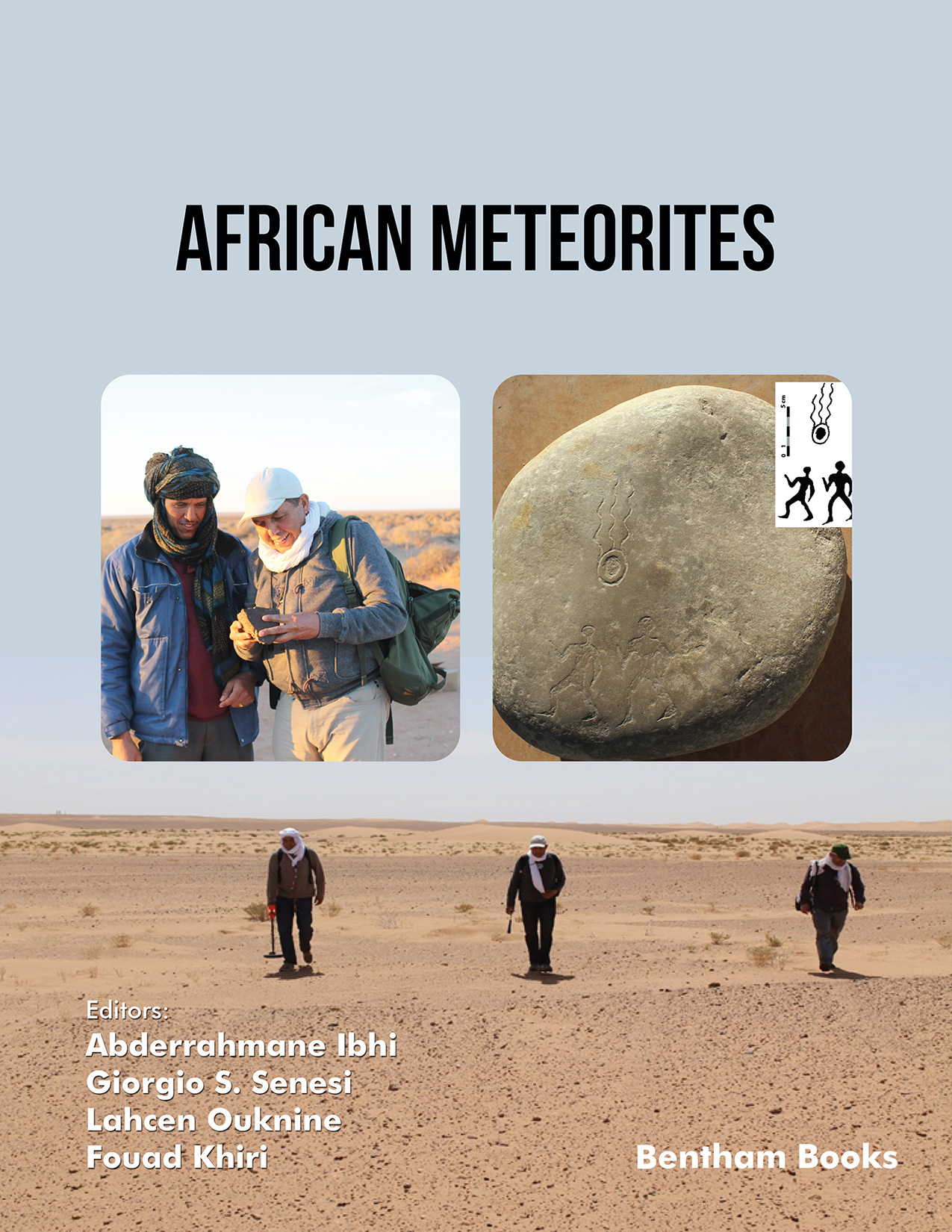Introduction
African Meteorites
is a comprehensive exploration of meteorite falls and finds across the arid and hot regions of the African continent, offering profound insights into a significant collection of meteorites, second only to Antarctica. The book is divided into seven chapters, covering the origin and formation of meteorites, statistical analyses of meteorite falls in African countries, classes and mass distribution of meteorite finds, allocation and renaming of North West African (NWA) meteorites, exceptional and rare meteorite falls and finds in Eastern Morocco Sahara, protocols for recognizing, recovering, and preserving meteorites in Sahara, and a review of confirmed and proposed meteorite falls, finds, and impact structures in Egypt, Sudan, and Libya. With detailed and updated references complementing the simple presentation, this book is an invaluable resource for meteoriticists, hunters, museums, astronomers, students, and geology and astronomy enthusiasts, on the origin, characteristics, and collection of meteorites discovered in Africa.
Key Themes:
- - Meteorite origin, formation, and classification
- - Meteorite falls and finds in Africa
- - Unique features of North West Africa (NWA) meteorites
- - Rare and exceptional meteorite falls and finds in Eastern Morocco Sahara
- - Protocols for recognizing and preserving meteorites in the Sahara
- - Meteorite falls, finds, and impact structures in Egypt, Sudan, and Libya
Audience: Meteoriticists, geologists, mineralogists, historians, researchers and general readers.

